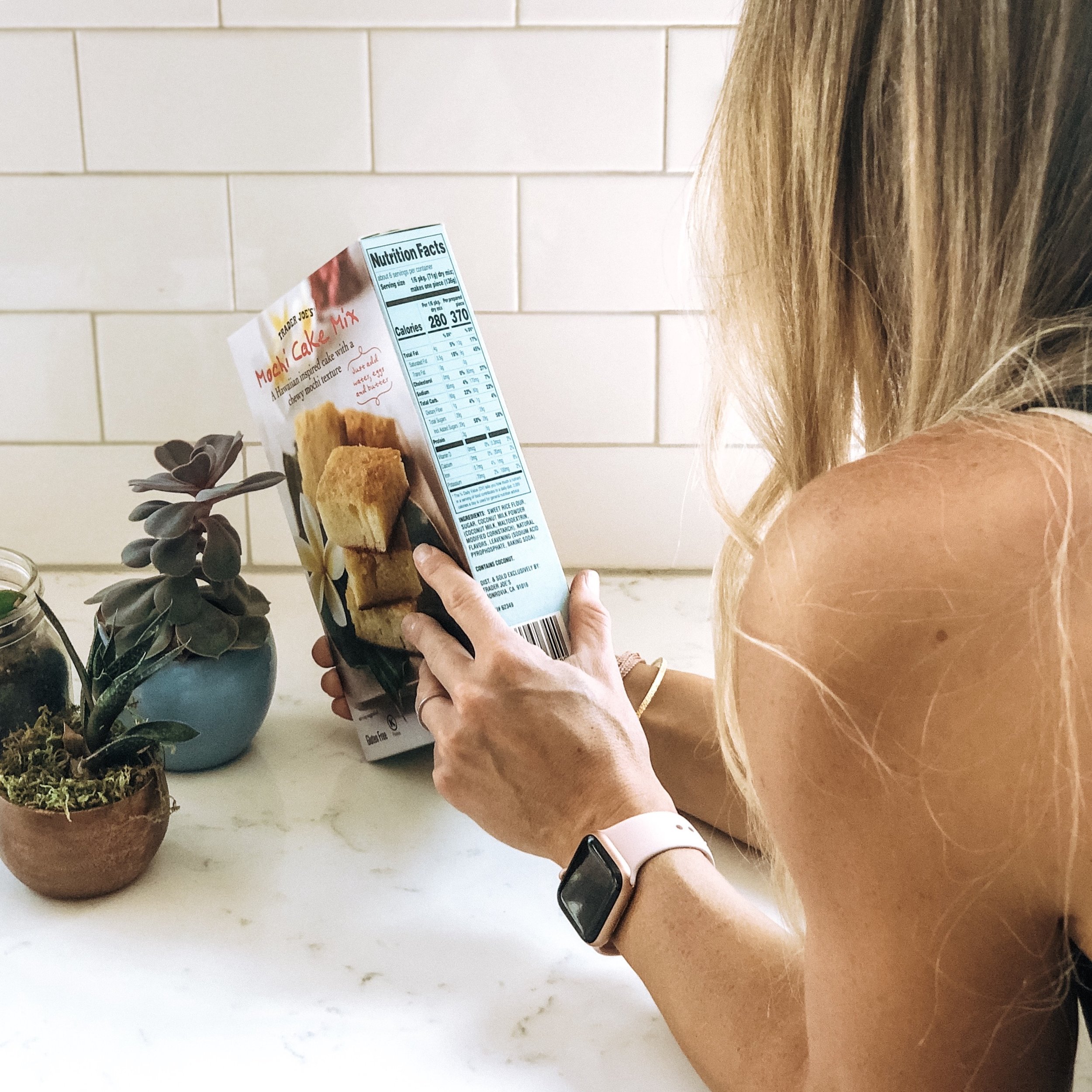ah.mi’s Guide to Nutrition Labels
Nutrition labels. You know you’re supposed to read them, but uh...how? We got you, gal!
We asked our Registered Dietician Tori to give us a quick tutorial about what info is important and what it means.
Serving Size
Serving size refers to the amount of food normally eaten at one time. Knowing the portion size allows you to compare two similar products for differences in nutrient content.
For example, when you’re trying to decide which yogurt to buy (like Greek or regular), you’ll notice they have the same serving size, 1 cup, but the protein content is likely much higher for greek yogurt.
Servings per Container
Servings per container tells you how many servings are in each package. One package of food may contain more than one serving. Be mindful of this to stick to your healthy eating plan.
For example, a serving of yogurt is 1 cup, and there are 4 servings of yogurt in the container. If you eat 2 cups of yogurt, you’re eating two times the calories and nutrition content listed on the label.
Calories (kcal) per Serving
Use these numbers as a guide when looking at a nutrition label:
40 kcal per serving is LOW
100 kcal per serving is MODERATE
400 kcal or more per serving is HIGH
Everyone’s individual calorie and nutrient needs are different, but an average, active woman can meet her nutrition needs with the following:
For a complete meal, keep it to 300-500 calories
For a snack, keep it around 100-200 calories
% Daily Value per Serving
This is the percentage of the recommended intake of nutrients in one serving based on a 2,000 kcal diet.
For example, 10 g protein is 20% of your daily recommended protein intake.
5% or less per serving is LOW. Choose foods that have < 5% listed for saturated fat, trans fat, cholesterol, salt, and sugar.
20% or more per serving is HIGH. Choose foods that have higher percentages of fiber, vitamins, and minerals.
Keep in mind that you might need more or less than 2,000 kcal a day based on your height and activity level. For an individualized plan, work with a dietitian in your area to help you meet your specific nutrition goals.

